Best Freestanding Dual Zone Wine and Beverage Cooler Showdown
When it comes to properly storing your best bottles of wine, your favorite cans of beer, or your tastiest soft drinks, you have to admit that a dual zone wine cooler or other beverage cooler is the cat’s pajamas. It even sounds cool: “Dual Zone.” The phrase alone conjures up an image of some sort of high tech arena, which isn’t too far off if you’re unfamiliar with compressor cooling and insulation.
Perks of Owning a Dual Zone Wine and Beverage Cooler
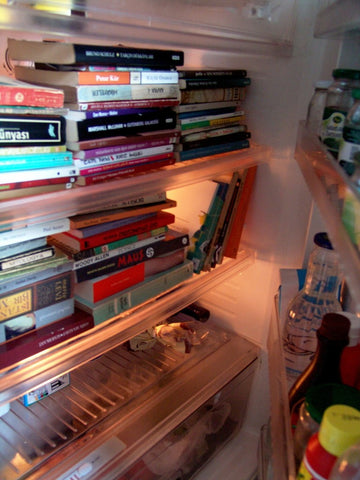
Owning a dual zone wine and beverage cooler is one of the most convenient ways to keep everybody’s favorite drinks in stock and on hand because it offers you the best of both worlds in one space saving unit–it will hold wine bottles for the wine drinkers and a variety of canned drinks for the beer or soda drinkers. And, because a dual zone wine and beverage cooler has two separate compartments with individual cooling, you can keep your wine bottles in an area set at a temperature that’s most ideal for storing wine and your can drinks in separate area set at a different temperature that works best for those can drinks.
Some people might be familiar with the old problem of not having enough room in the refrigerator. This sort of thing is common when there are too many people sharing one fridge or there are too many beverages occupying prime real estate in your main kitchen refrigerator. For instance, you’ve got a 12 pack of cola for the younglings, a six-pack of beer for the oldlings, and a few bottles of wine for cooking or the occasional dinner party. All of that takes up valuable space for more nourishing foods that, you know, will keep you alive. By having a dual zone wine and beverage cooler devoted to storing all of your drinks, you can free up more space in your main refrigerator and worry less about whether or not you have room to store that ham or leftover pot of spaghetti.
With a dual zone wine and beverage cooler, everybody will know exactly where the drinks are and what’s available. Everybody can serve themselves and you can keep nosy guests from every prying into your business by snooping around and looking at the contents of your fridge; they don’t need to know about you or your family’s eating habits. Of course, the problem now is figuring out which is the best dual zone wine and beverage cooler to choose.
Highway to the Dual Zone
One of the biggest pains when making any purchase is figuring out which is the best version to buy and, in a consumer driven society like ours, the number of options per item will seem daunting. Even buying something as simple as a pen will lead you down a near-endless abyss of choices, but buying small items like a pen are fairly insignificant because they’re typically inexpensive and require frequent replacements. Buying an appliance is a whole different beast of a decision because it costs more than the amount of loose change you’re able to scavenge from your car; you’re investing a good chunk of money into an appliance that should last you for at least a decade or two.
To help make choosing a dual zone wine and beverage cooler easier, it’s important to first narrow down the field based on what you need. For his comparison post, we’ll only be looking at models that fit a certain criteria:
- Freestanding
- Dual Zone, compressor
- Holds wine and beverages
- About 24 inches in width
- About 35 inches in height to top of door hinge
These five things narrow down our search options, allowing us to make four primary selections compare with each other: the EdgeStar CWB2150FD, the Magic Chef MCWBC77DZC, the NewAir AWB-360DB, and the Vinotemp VT-36. From here, we need to compare all of the models based on preference, tailoring these units to our specific needs and available resources. To accomplish this bit, we’ll break down the models by: 1) Design, 2) Capacity, 3) Cooling, 4) Usability, and 5) Cost.
Trial by Design
Dimensions
To get a good idea of what we’ve got, let’s first look at the dimensions and basic design of each unit. We already roughly know that the width and height will be around 24 inches by 35 inches, but what are the actual sizes of each dual zone wine and beverage cooler? Which one is the widest and which one is the tallest? Does depth make a big difference?
|
EdgeStar CWB1760FD
|
Magic Chef MCWBC77DZC
|
NewAir AWB-360DB
|
Vinotemp VT-36
|
|
|
Product Height (in.)
|
34.25
|
34.3
|
34.25
|
32.25
|
|
Height to Top of Door Hinge
(in.)
|
34.25
|
35
|
34.25
|
32.25
|
|
Product Width (in.)
|
23.5
|
23.4
|
23.5
|
23.5
|
|
Product Depth (in.)
|
23.75
|
24.6
|
24
|
24.25
|
As you can tell from the table above, all of the models are about the same size with the Magic Chef being slightly taller and longer in depth. Meanwhile, the Vinotemp model is about two inches shorter than the other dual zone wine and beverage coolers.
Unless you’ve got very specific space requirements, these dimensions are splitting hairs and likely don’t mean much by way of direction comparison. With less than an inch in depth differences between all of the models, there isn’t much to go on. From here, we have to now consider the form of the design.
Form
One of the easiest ways to compare models is by sight. People make a lot of quick, initial decisions based on how things look or are presented. When it comes to buying fruit, we typically head towards ones that aren’t dented and have a fresher color. When it comes to buying a dual zone wine and beverage cooler, the first thing we see is the door and the shelves. For three of the four models listed here, they all feature a similar stainless steel, french door design.
Doors

The EdgeStar, NewAir and Vinotemp models each have double-pane glass doors for added insulation and a stainless steel trim surrounding the glass. There are some small differences to the stainless steel and glass doors, namely the shape of the door handles. Both the EdgeStar CWB1760FD and the NewAir AWB-360DB opt for a long and flat, angular handle on each french door. The handles are also made of stainless and give it a slimmer profile compared to a large arched-shaped handle.
The Vinotemp VT-36 and the Magic Chef MCWBC77DZC models went for a sleeker, stainless steel cylinder rod shape handle on their doors, but there are a couple of major differences between the two. The Vinotemp has french doors with shorter rod handles in the center to swing the doors outward. The Magic Chef has one single door with a rod handle that runs about the entire height of the door to pull it open from left to right. This single tempered glass door also features a partition gasket to separate the upper and lower compartments and keep each area individually cooled.
The french door models on the EdgeStar, NewAir, and Vinotemp each feature individual door locks, which are useful to keep children and/or winos from raiding your alcohol selections when you’re not home; the Magic Chef single door model doesn’t have a locking feature. The NewAir AWB-360DB and the EdgeStar CWB1760FD have their locks built into the stainless steel front vents underneath the doors to keep the door frames smooth; the Vinotemp VT-36 has their locks on the center bottom of each door, interrupting the clean look of the stainless steel frame surrounding the glass.
Overall, the EdgeStar and the NewAir models seem to be going head-to-head in terms of styling with the Vinotemp falling short in matching their design. The Magic Chef, on the other hand, is going its own route with a more simple single door, but is missing out on a convenient door locking feature most people might prefer to have, if possible.
Freestanding or Built-In?


For all of these dual zone wine and beverage cooler models, they can be installed under the counter or left as a freestanding beverage center
freestanding beverage center. They all feature a similar black, metal body design with a front venting system that allow them to be installed in a snug spot that’s flat against the wall or in any open area. Adjustable feet also allow for these freestanding and/or built-in units to be in the most stable, level position no matter the condition of your floor.
Capacity
Even though all of these dual zone wine and beverage coolers have roughly the same dimensions, there are certain trade offs when it comes to storage capacity for bottles and cans. With the french door models, each side-by-side, vertical cooling zone is even in size, but the Magic Chef model has top-and-bottom cooling zones that differ in size and capacity.
For wine, the Magic Chef can hold 16 bottles in the upper zone and 28 bottles in the bottom. For cans, it’ll hold 63 on top and 77 on the bottom. That’s a big difference between bottle and can capacity that factors into your storage needs. Sixteen bottles of wine is the lowest wine capacity, but 28 bottles is the highest across all four models. Sixty-three cans in the Magic Chef’s top shelf also isn’t shabby and makes it competitive with the other three models that will hold around the same amount of cans.
|
Max Bottle to Can Capacity
|
Max Can (12 oz.) to Bottle
Capacity
|
|
|
EdgeStar CWB1760FD
|
17 / 60
|
60 / 17
|
|
Magic Chef MCWBC77DZC
|
28 / 63
|
77 / 16
|
|
NewAir AWB-360DB
|
18 / 60
|
60 / 18
|
|
Vinotemp VT-36
|
19 / 58
|
58 / 19
|
We know which has the least and most amount of bottle and can capacity, but it does come down to your own preference and storage needs. You definitely get a better average with the NewAir AWB-360DB in terms of wine and beverage capacity; it’ll hold 18 bottles and 60 cans, which is one more bottle than the EdgeStar, one bottle less than the Vinotemp, and two can more than the Vinotemp.
Compare the NewAir AWB-360DB to the Magic Chef and the latter may have a higher capacity, but you’re not getting a 28 bottle and 77 can capacity with the Magic Chef; you’re forced to trade off between 16 bottles and 77 cans or 28 bottles and 63 cans, which is a major trade off that makes the Magic Chef more competitive with the NewAir.
Dual Zone Cooling Power
Each dual zone wine and beverage cooler features compressor cooling, uses about 100 watts of electricity, and runs on 1-2 amps.
|
EdgeStar CWB1760FD
|
Magic Chef MCWBC77DZC
|
NewAir AWB-360DB
|
Vinotemp
VT-36
|
|
|
Voltage
|
115
|
110
|
120
|
115
|
|
Watts
|
100
|
–
|
100
|
100
|
|
Amps
|
1
|
–
|
2
|
2
|
|
Temperature Range (F)
|
(Left) 36 – 43
(Right) 41 – 72 |
36 – 61
|
36 – 72
|
(Left) 34 – 43
(Right) 40 – 65 |
The model with the lowest cooling zone is the Vinotemp; its left cooling zone has a temperature range of 34 to 43 degrees Fahrenheit, which is two degrees cooler. The highest temperature setting is 72 degrees and belongs to the right cooling zone of the EdgeStar model and both zones of the NewAir model.
The NewAir AWB-360DB has a temperature range between 36 to 72 degrees Fahrenheit for both zones, making it the dual zone wine and beverage cooler with the widest range. Behind the NewAir is the Magic Chef with 36 to 61 degrees Fahrenheit for both zones. The other two models split their cooling ranges, making one side colder for canned beverages and the other side slightly warmer for bottles of wine.
Usability and Maintenance
Controls
All of these dual zone wine and beverage models have interior LED lights, to display the contents and make it easier to locate items, and easy to use push-button controls with a digital temperature located inside the unit. The difference between these controls are fairly subtle.
With the EdgeStar, the controls for both zones are mounted to the top of the right cooling zone. For the NewAir and Vinotemp models, each zone has its own control mounted at the top, which is more functional if you’ve locked the one side containing the control unit.
As for the Magic Chef, the control unit separates the top and the bottom zones, each with its own digital temperature display and corresponding arrow.
Shelves
The NewAir AWB-360DB and the Vintotemp VT-36 have similar metal wire adjustable shelves that come in a flat shape for standing beverages and a curved shape for laying wine bottles down in a secure position. These metal wire shelves are easy to take out and clean.
The Magic Chef also contains chrome sculpted wire shelves for organizing wine bottles, but replaces the flat metal wire shelves used to store beverages standing up in favor of glass shelves.
The EdgeStar, on the other hand, has five wooden shelves for placing wine bottles and three metal shelves for stocking beverage cans; both types of shelves feature wood fronts to give a matching appearance.
The metal wire and glass type shelves should be easy to pull out and clean, but the wood may be a little more difficult to properly maintain.
Defrosting
The EdgeStar, Magic Chef, and NewAir dual zone wine coolers have automatic defrosting measures, but the Vinotemp requires manual defrosting, if build up occurs.
Cost
The most expensive model listed here is the Vinotemp VT-36; it has a retail price in the $900 to $1,000 range. The least expensive is the Magic Chef MCWBC77DZC with a retail price in the $500 range. Again, the EdgeStar CWB1760FD and NewAir AWB-360DB are the two models directly competing against each other with both in the $800 to $900 price ranges.
There Can Be Only One

The immortal words of the Highlander are as applicable here as anywhere else, but the decision of which dual zone wine and beverage cooler to buy is up to you. Between these four contenders, it’s mostly neck and neck between the EdgeStar CWB1760FD Wine and Beverage Cooler with French Doors and NewAir AWB-360DB Dual Zone Wine and Beverage Cooler because of their similar designs, features, wider ranging temperature control, and competitive pricing.
The Vinotemp VT-36 Dual Zone Wine and Beverage Cooler could be eliminated based on the high cost alone, but also because of its limited temperature range. The Magic Chef MCWBC77DZC Wine and Beverage Center may be the least expensive, but its single door design isn’t ideal for dual zone cooling; every time you open the door to get a drink, both areas will be exposed instead of one.
In the end, it still comes down to the EdgeStar and NewAir models, but the NewAir AWB-360DB may have the slight advantage because of its wider temperature control in both areas, as opposed to splitting the range into two separate areas, and easier maintenance with full metal wire racks.


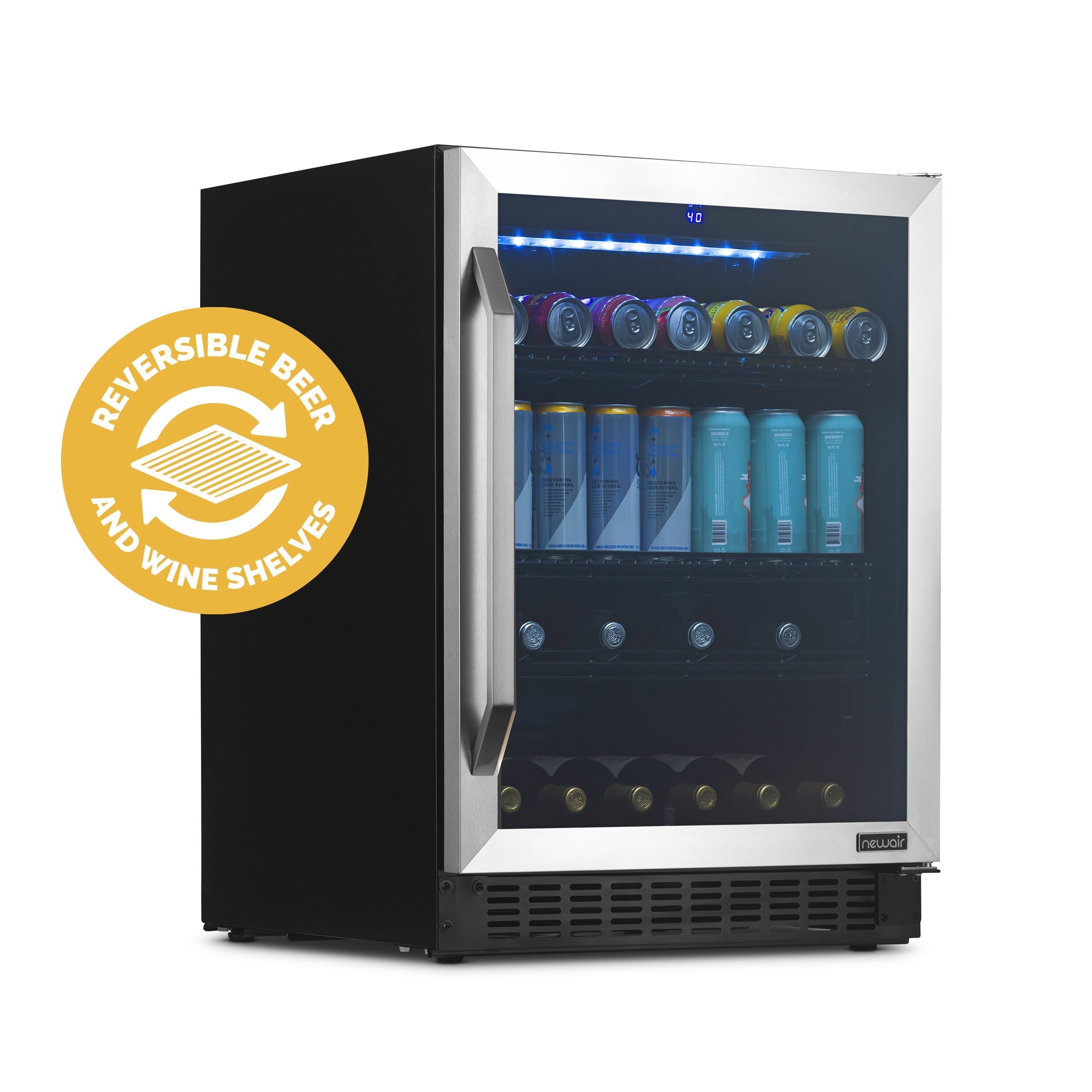
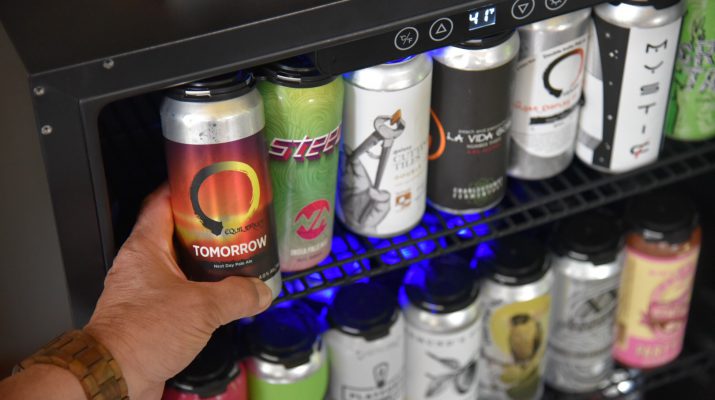
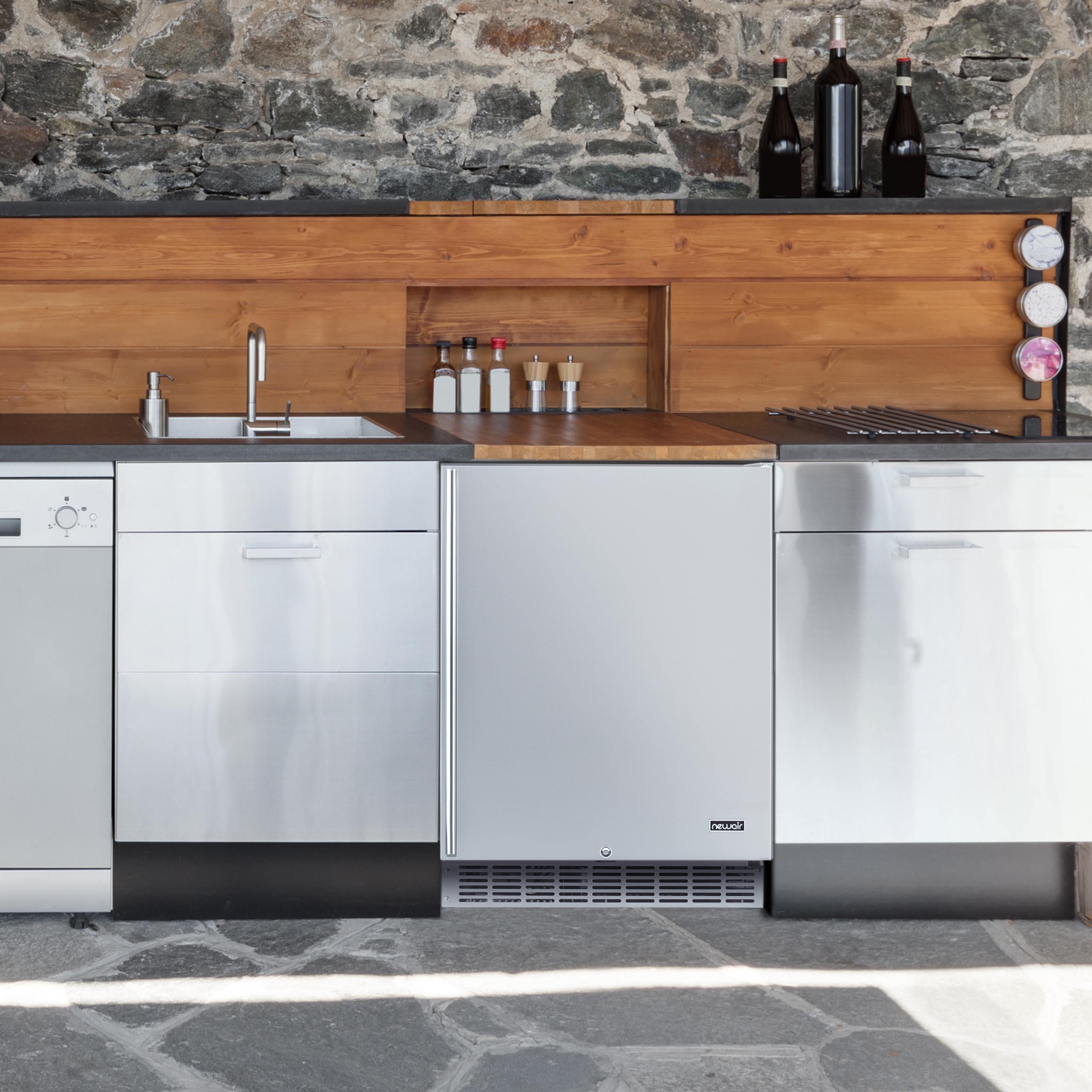
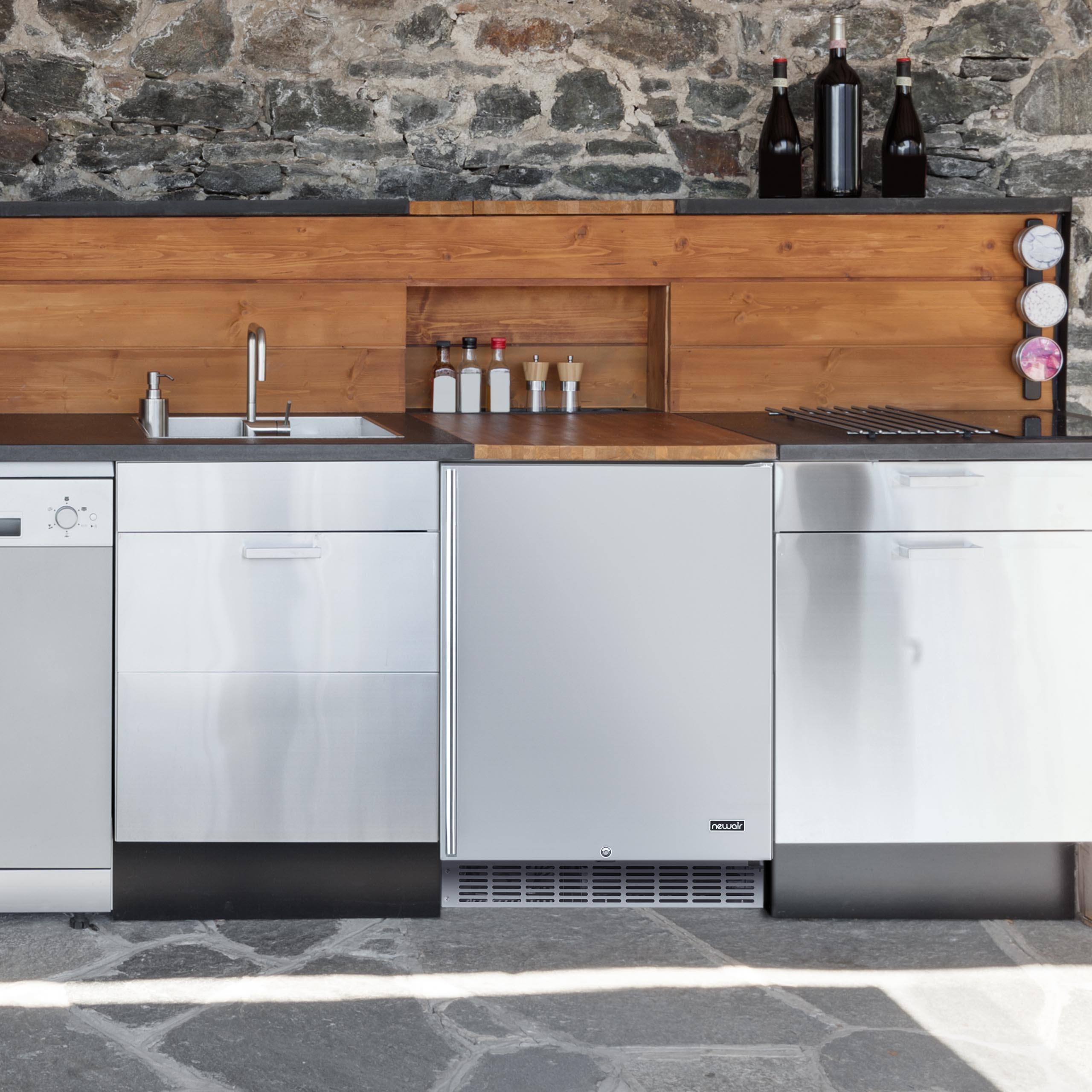
0 comments